“The great original activities of human society are all woven with game as they create a second imaginary world alongside the natural one” (Johan Huizinga, Homo Ludens).
The game: a primary need
The need to play is deeply rooted in the existential, psychological and emotional features during development. It expresses creative ability, fantasy and imagination in human beings. It reveals enterprise and an innovative spirit. Through playing children learn how to get by in this world and how to mould and transform the world itself.
Building for fun
Building blocks help children to develop motor abilities and the eye-hand coordination, space abilities, creativity, diverse thinking, social and language competences. When playing with blocks children are active, they invent, they are enterprising, they grasp links, they solve problems, they cooperate. They can deal with complicated assembly instructions or freely try new compositions, they use well-framed blocks, even virtual ones, or mould sand, mud, stones and shapeless materials, integrating their structures in fictional scenarios.
The charm of building
When children work together on construction and cooperation projects, they exercise their abilities of relationship and negotiation, they become socially qualified, capable in language and communication. The intertwining of all these rich components determines the importance and the appeal of building in children. For this reason building blocks are always very popular throughout childhood and beyond, thus encouraging idea and project processing.
Building games building ideas
LEGO blocks (from Danish leg godt, “play well”) were created in Denmark in 1947. Meccano, (probably from the English phrase “Make and Know”), was officially registered in England in 1907. Everybody knows these assembling games, which are now offered in a very wide range of models and difficulty levels, including digital versions. These games are instruments for children’s projects, and even more: during the ‘50s, when the firm Ursella was building Lignano Pineta with architect Marcello D’Olivo, the owner Ermenegildo Ursella “retired from operational tasks [...] bought a Meccano and enjoyed making little wooden models, thus anticipating the idea of a prefabricated house, which the firm later specialized in (Silvino Ursella, 1950-2010 “Sixty Years of Prefabrication - The long road that leads to the building and completion of a house inside the factory”).
This study was carried out by class IV B, ISIS “Caterina Percoto” - Liceo Economico Sociale - Udine.
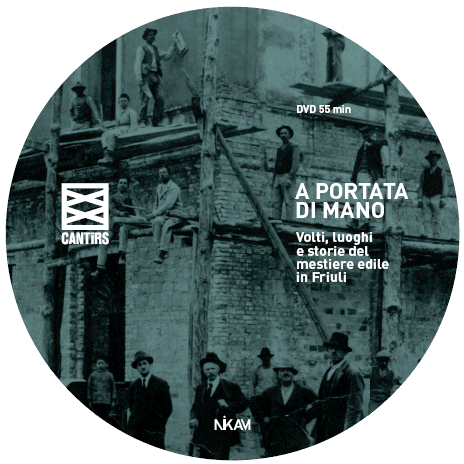
A portata di mano.
Volti, luoghi, storie del mestiere.
Realizzato da Nikam Immagine Video, Udine (2014), a cura di Paolo Comuzzi, Andrea Trangoni, Sabrina Tonutti. Il documentario si articola in una serie di video-interviste a lavoratori, imprenditori edili, insegnanti e Direttori di istituti aventi a che fare con l’edilizia friulana. Le tematiche più salienti affrontate sono: la trasmissione del sapere di mestiere ai giovani; come è cambiato il settore edile nel giro di mezzo secolo; l’emigrazione in edilizia; l’evoluzione tecnologica e normativa; storie personali di mestiere; storia delle fornaci; edilizia idraulica; la lavorazione della pietra; il mosaico; la prefabbricazione; tecniche e materiali in edilizia. Oltre alla video-interviste il documentario propone riprese video realizzate ad hoc e una ricca selezione di materiale filmico/fotografico d’archivio.
LE TUE FOTO

per spedirci del materiale
fotografico






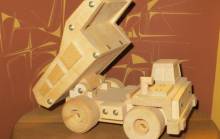
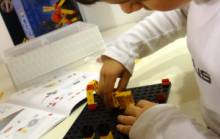
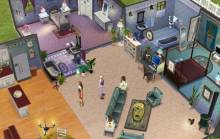

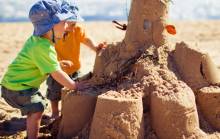
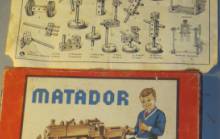
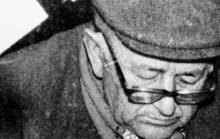



 museo@cassaedileud.it
museo@cassaedileud.it